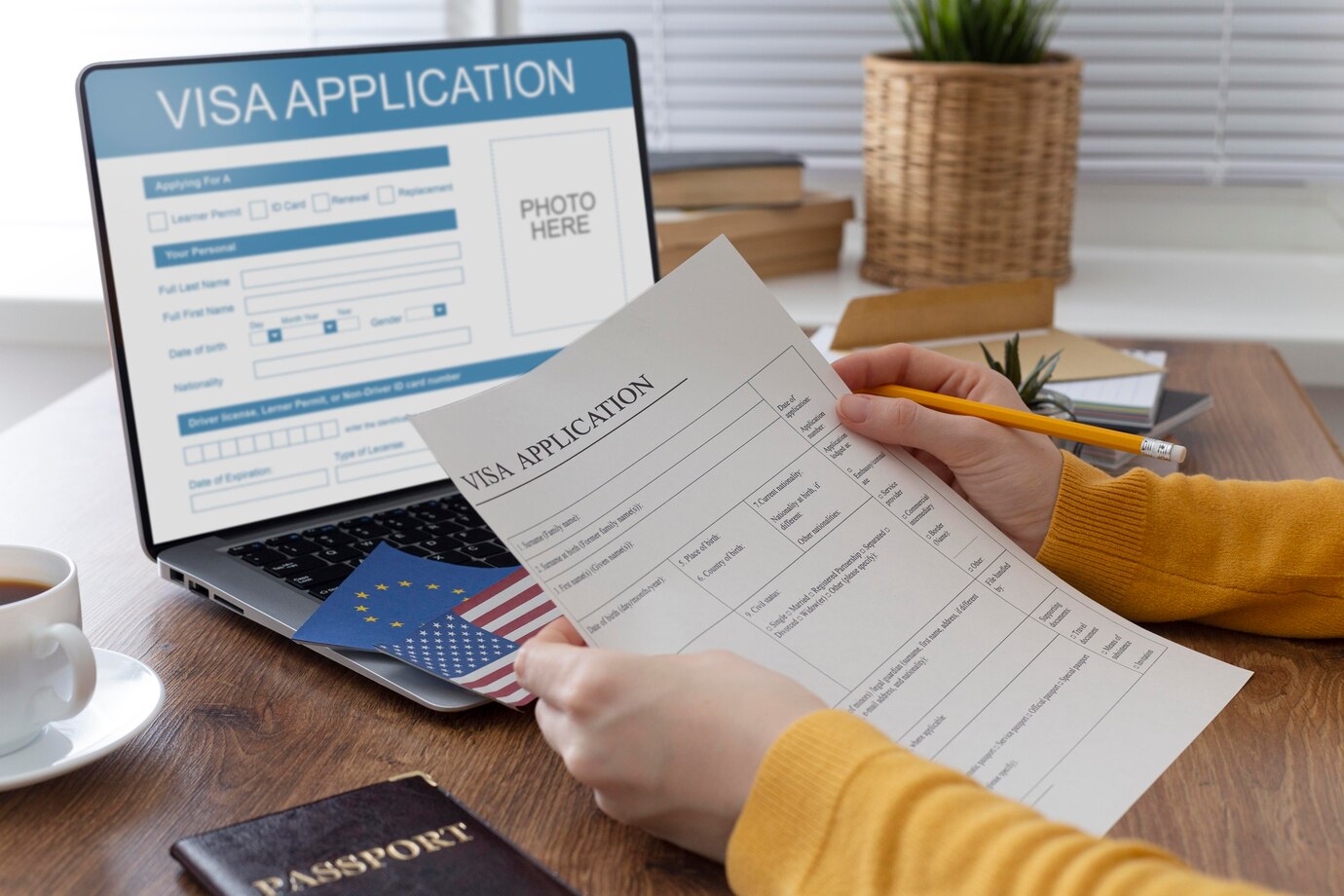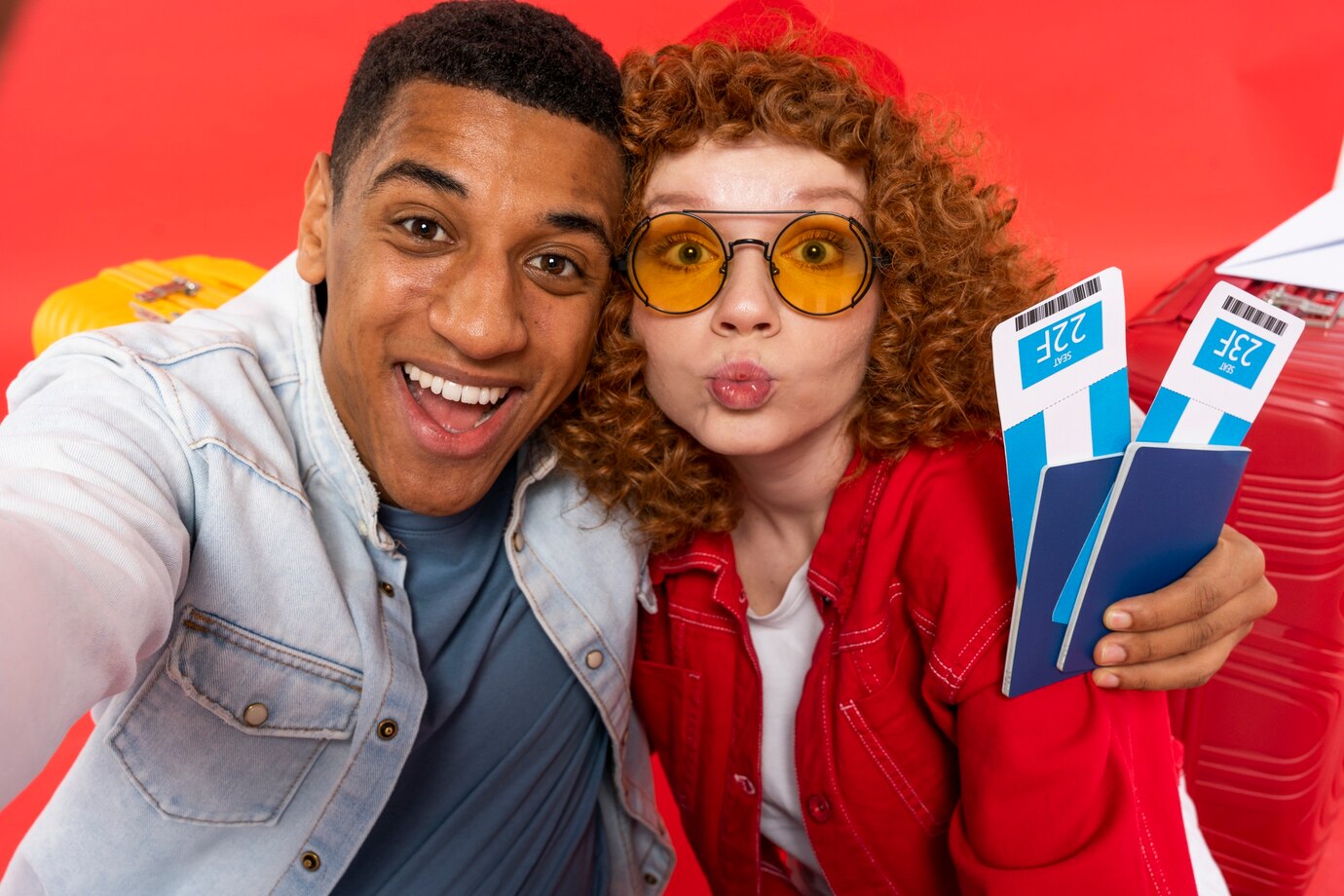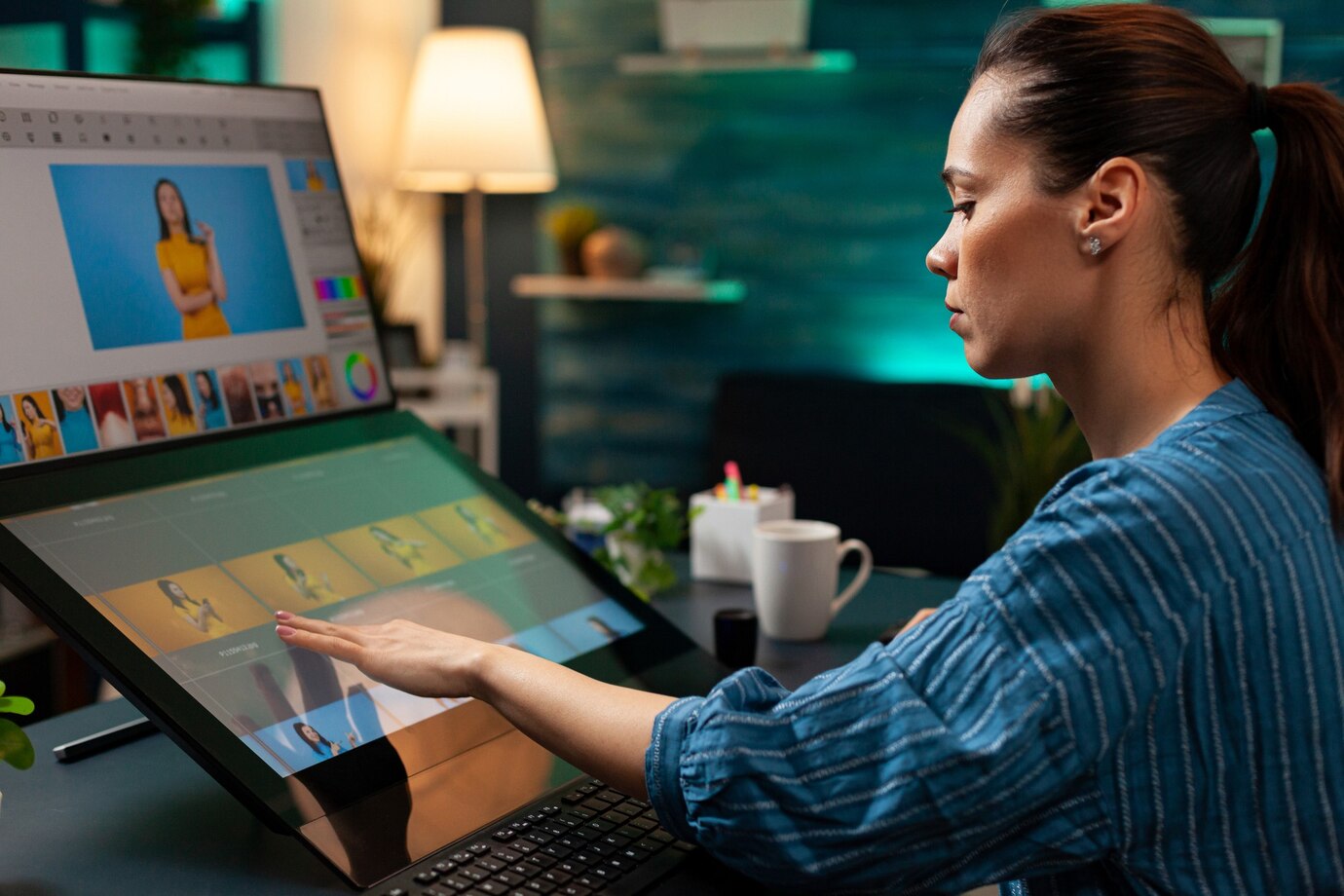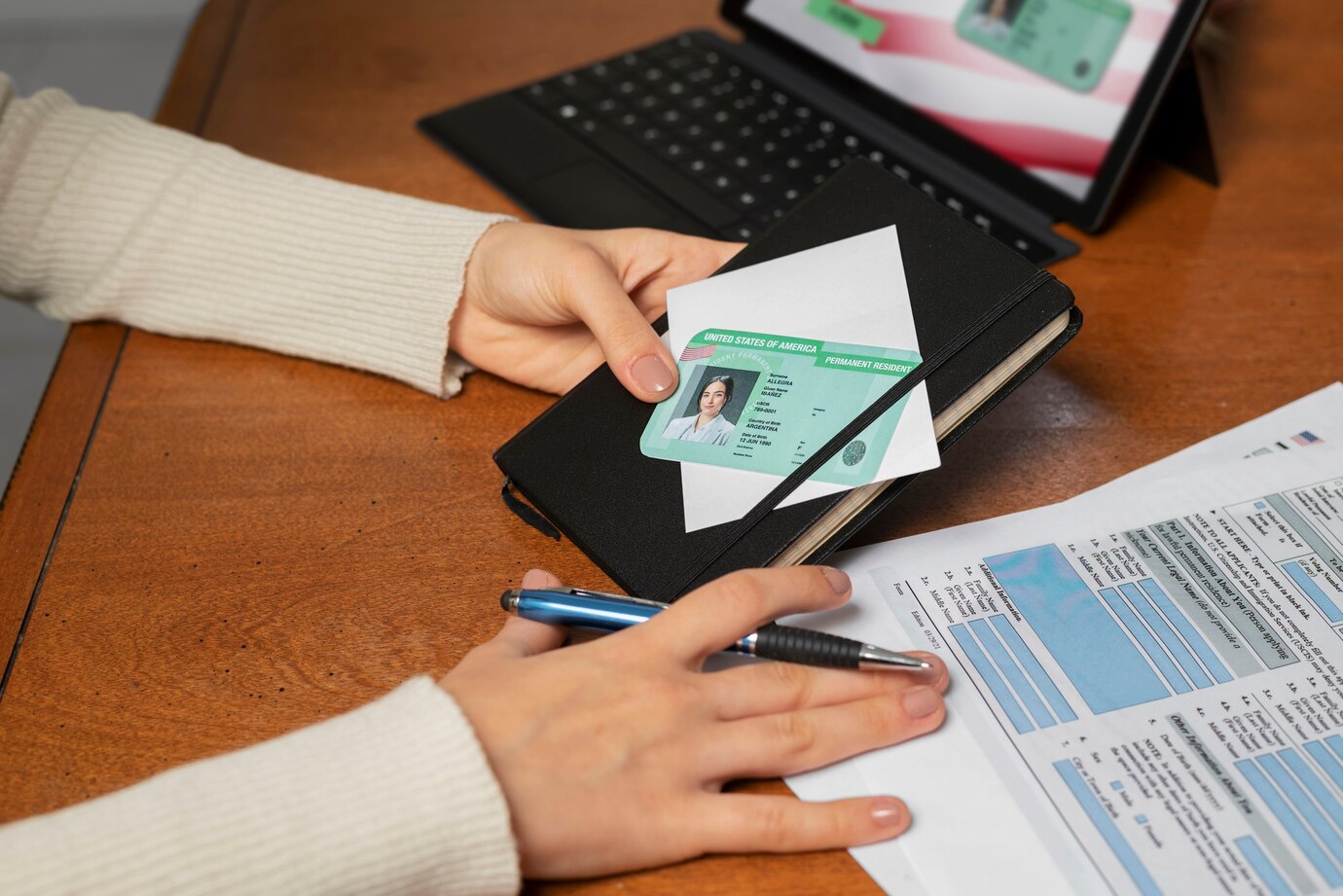Dreading the photo booth struggle for your next visa application? Ditch the awkward lighting and squinting smiles! Embrace the digital revolution with Visa Photo Online, your portal to perfect passport and visa portraits, all from the comfort of your home. In this step-by-step guide, we’ll navigate the intuitive interface of Visa Photo Online, empowering you to capture and adjust your photo to meet official requirements, ensuring your visa application sails through, one pixel at a time.
Understanding the Requirements for Visa Photo
The initial step in obtaining a visa photo is a thorough understanding of the specific requirements imposed by the destination country. Each country has its own set of guidelines regarding the acceptable parameters for visa photos. These guidelines are meticulously designed to ensure that the submitted photos meet certain standards, facilitating the identification process and enhancing the security of the visa application system.
- Recent Photographs: Visa applications typically demand recent photographs, usually taken within the last six months. This ensures that the image accurately reflects the applicant’s current appearance, minimizing the risk of confusion during the application processing.
- Plain Background: A common requirement across various countries is a plain, uniform background. The purpose is to eliminate any distractions and focus solely on the applicant’s facial features. Usually, a neutral color like white or light blue is recommended.
- Specific Dimensions: Countries specify precise dimensions for visa photos, often measured in millimeters. Common dimensions include the width and height of the face, as well as the overall size of the photograph. It’s imperative to adhere to these dimensions to avoid any issues with the application.
- Facial Expression: Guidelines typically dictate that applicants should maintain a neutral facial expression. This means no smiling, frowning, or displaying exaggerated emotions. A neutral expression ensures consistency and aids in accurate identification.
- Acceptable Attire: The choice of clothing is crucial. Neutral-colored clothing is often recommended, and applicants are advised against wearing items that obscure facial features. Avoiding accessories like hats and sunglasses is also common practice.
- No Obstructions: Glasses, heavy makeup, or any other elements that may alter the natural appearance of the face are generally discouraged. Clear visibility of facial features is essential for the identification process.
By thoroughly grasping and adhering to these requirements, applicants lay the foundation for a successful visa application. Failure to comply with these stipulations may result in delays or even the rejection of the visa request. Therefore, meticulous attention to detail in understanding and fulfilling these requirements is paramount in the journey toward obtaining a visa photo that meets the standards set by the destination country.
Preparing for the Photo Shoot
Before embarking on the photo shoot for your visa application, it is crucial to invest some time in thoughtful preparation. This phase involves ensuring that both the equipment and the individual being photographed are ready to meet the stringent requirements set by the destination country.
Begin by selecting an appropriate camera or smartphone with a high-resolution camera. The emphasis here is on clarity and sharpness, as the visa photo must vividly represent the applicant’s current appearance. It’s advisable to use a camera with a reliable autofocus feature to capture facial details with precision.
Consideration should also be given to the choice of clothing. Opt for neutral colors to ensure a clean and professional look. Avoid garments with intricate patterns or accessories that may divert attention from the facial features. The objective is to present a clear, unobstructed view of the applicant’s face.
Hair and grooming play a pivotal role in visa photo preparation. Ensure that your hair is neatly styled and does not obscure any part of your face. Additionally, it’s recommended to keep makeup minimal, as excessive makeup can alter facial features and potentially lead to issues with identification.
When selecting the location for the photo shoot, prioritize a well-lit area with natural light. If natural light is unavailable, opt for soft, diffused artificial lighting to prevent harsh shadows. The background should be plain and in line with the visa photo requirements – typically a neutral color.
| Preparation Element | Consideration | Additional Tips |
| Camera Quality | Select a high-resolution camera or smartphone with reliable autofocus. | Use a tripod for stability to avoid blurry images. |
| Clothing Choice | Opt for neutral colors and avoid accessories that may distract from facial features. | Choose collared shirts or blouses for a polished look. |
| Hair and Grooming | Ensure neat styling; avoid hairstyles or makeup that may alter facial appearance. | Check for stray hairs and use minimal, natural-looking makeup. |
| Lighting Conditions | Prioritize well-lit areas with natural light or use soft, diffused artificial lighting. | Position yourself facing the light source to minimize shadows. |
| Background | Choose a plain background in a neutral color to meet visa photo requirements. | Iron any wrinkles in the background material for a clean backdrop. |
Organizing the Photo Shoot
Once you’ve adequately prepared for the visa photo shoot, the next critical step is organizing the actual session. This phase involves setting up the environment, positioning yourself correctly, and capturing the images with precision to meet the strict standards outlined by the destination country.
- Setting Up the Environment: Choose a quiet and well-lit space for the photo shoot. Ensure that the background is plain, free from any distractions, and complies with the specified color requirements. It’s advisable to use a backdrop or wall with a neutral color to achieve uniformity.
- Positioning and Framing: Set up the camera at eye level to capture a clear and direct image of your face. Maintain a proper distance from the camera, usually a few feet, to ensure that your entire face is visible within the frame. Follow the guidelines provided by the destination country regarding the framing of the photo.
- Pose and Expression: Maintain a neutral facial expression with your eyes open. Avoid smiling, frowning, or any exaggerated expressions, as the objective is to present a clear and easily identifiable image. Keep your head straight, facing the camera directly, and ensure that your entire face is well-lit.
- Multiple Shots: Take several shots to provide options for selection. Review each image to identify the one that best meets the specified requirements. Look for factors such as focus, clarity, and proper alignment with the guidelines.
- Assistance from Others: If possible, seek assistance from someone else to take the photos. This ensures that you can maintain the correct pose and focus solely on presenting your face according to the guidelines. Additionally, having a second set of eyes can be helpful in selecting the best shot.
- Technical Considerations: Pay attention to technical aspects such as camera settings, including resolution and aspect ratio. Ensure that the camera is set to capture high-quality images that align with the specific requirements for visa photos.
- Reviewing the Images: After the photo shoot, review the images on a computer or smartphone to confirm that they meet the necessary criteria. Look for any issues such as blurriness, incorrect framing, or deviations from the guidelines provided by the destination country.
By meticulously organizing the photo shoot with attention to these details, applicants can enhance the chances of producing a visa photo that not only meets but exceeds the requirements set by the destination country, contributing to a smoother visa application process.
Editing the Photo
Upon completing the photo shoot, the next crucial step in the process of obtaining a visa photo involves meticulous editing. Editing is necessary to ensure that the captured images align precisely with the specified requirements outlined by the destination country. However, it’s crucial to approach editing with caution, as excessive alterations or the introduction of elements that deviate from the guidelines may lead to complications in the visa application process.
Begin by selecting a reliable photo editing tool that allows for precise adjustments. Popular choices include Adobe Photoshop, GIMP, or even online platforms specifically designed for visa photo editing. The primary objective during editing is to fine-tune the image to meet the dimensional, framing, and background specifications mandated by the destination country.
- One of the primary edits involves cropping the image to the exact dimensions required for the visa application. Ensure that the face is centered within the frame and that the specified width and height criteria are met. Pay close attention to any guidelines regarding the positioning of the head and facial features.
- Adjust the background as needed to comply with the visa photo requirements. Remove any elements that may distract from the face, ensuring that the background remains plain and uniform. Take care not to manipulate the facial features or alter the natural appearance, as this could lead to complications during the application process.
If any technical issues, such as lighting discrepancies or color imbalances, are apparent in the images, address them during the editing process. However, exercise caution to avoid over-editing, which may compromise the authenticity of the photo.
Once the necessary adjustments are made, review the edited image against the destination country’s guidelines to ensure compliance. It’s advisable to save both the original and edited versions of the photo for reference.
In essence, the editing phase serves as a critical checkpoint to fine-tune the visa photo and align it precisely with the stringent requirements. By approaching this step with care and precision, applicants can present a flawless image that significantly enhances their chances of a successful visa application.




